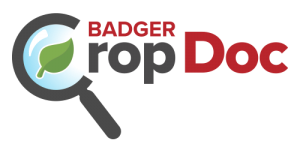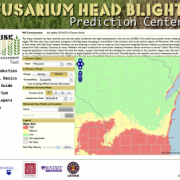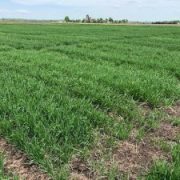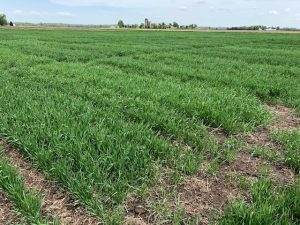Wisconsin Winter Wheat Disease Update – May 24, 2018
Damon Smith, Extension Field Crops Pathologist, Department of Plant Pathology, University of Wisconsin-Madison
Brian Mueller, Assistant Field Researcher, Department of Plant Pathology, University of Wisconsin-Madison
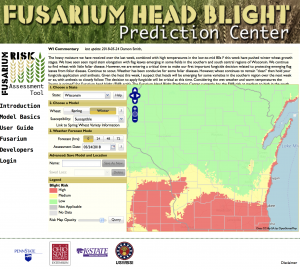
Fusarium Head Blight Risk for May 24, 2018. Visit the Fusarium Head Blight Prediction Center to stay up to date on the latest forecasts.
The heavy moisture we have received over the last week, combined with high temperatures in the low-to-mid 80s F this week have pushed winter wheat growth stages. We have seen rapid stem elongation with flag leaves emerging in some fields in the southern and south central regions of Wisconsin. We continue to find wheat with little foliar disease. However, we are entering a critical time to make our first important fungicide decision related to protecting emerging flag leaves from foliar disease. Continue to scout. Weather has been conducive for some foliar diseases. However, wheat continues to remain “clean” then hold your fungicide application until anthesis.
Given the heat this week, I suspect that heads will be emerging for some varieties in the southern region over the next week or so, with anthesis to closely follow. The decision to apply fungicide will be critical at this time. Considering the wet weather and warm temperatures the “pump is primed” for Fusarium head blight (FHB; scab). The Fusarium Head Blight Prediction Center currently has the FHB risk at medium to high in the south, south-central and eastern portions of the wheat belt (See Figure). This situation needs to be monitored closely over the next couple of weeks as fields enter the anthesis growth stage. The weather outlook appears to be very humid, wet, and warm, which will only increase the risk of FHB.
A fungicide may be needed especially on susceptible cultivars to control FHB and reduce DON (vomitoxin) contamination. The fungicides Prosaro or Caramba have both performed well on FHB in Wisconsin. Timing of application of these products is critical. I would urge you to wait until anthesis has begun in your field before applying. We have observed poor control where application of these effective fungicides were made before anthesis. In fact, we have observed improved control of FHB and lower levels of DON in finished grain where fungicide application was delayed 4-5 days after the beginning of anthesis, compared to applications at the start of anthesis. Data from a fungicide efficacy trial to support this observation can be found by clicking here and scrolling down to pages 16 and 17. Also, remember that application of fungicides should be made no later than 6-7 days after the start of anthesis. After this time, fungicide efficacy on FHB and DON control is much reduced.
Get out there and SCOUT, SCOUT, SCOUT and monitor the FHB Prediction Center!
